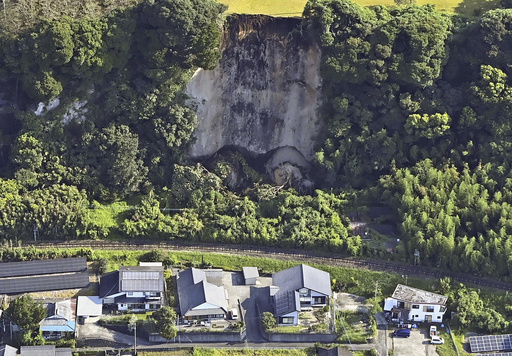Japanese Prime Minister Fumio Kishida has decided to cancel his scheduled trip to Central Asia in order to oversee the government’s response following a warning from scientists about a potential “megaquake” off the southern coast of Japan. The Japan Meteorological Agency issued its first-ever “megaquake advisory” after a magnitude 7.1 earthquake struck near Kyushu island, originating from the Nankai Trough, a significant seismic zone responsible for past devastating earthquakes.
After Thursday’s earthquake, seismologists analyzed its impact on the nearby trough and raised concerns about the risk of a major quake, urging the public to remain vigilant for about a week. Although the earthquake caused minor injuries to 16 individuals, there were no reports of significant damage. Tsunami advisories were issued but later lifted.
As a result of the advisory, Prime Minister Kishida announced the cancellation of his trip to Kazakhstan, Uzbekistan, and Mongolia, explaining that he intends to stay in Japan for at least a week to ensure government measures and communication are effectively implemented.
In response to the warning, the Fire and Disaster Management Agency instructed 707 municipalities at risk from a potential Nankai Trough quake to review their disaster response protocols and evacuation plans. The meteorological agency’s advisory has led to heightened unease among the public, with local authorities, transportation services, and other agencies implementing precautionary measures that may impact summer holiday travel during the Obon week.
Notably, popular tourist destinations like Shirahama in Wakayama prefecture have closed beaches, hot springs, parks, and facilities for the next week, with events like the annual fireworks festival being canceled. Aoshima, a beach resort in Miyazaki prefecture directly affected by the recent earthquake, has also been closed. Additionally, rail companies operating in the region have reduced train speeds as a precautionary measure.
